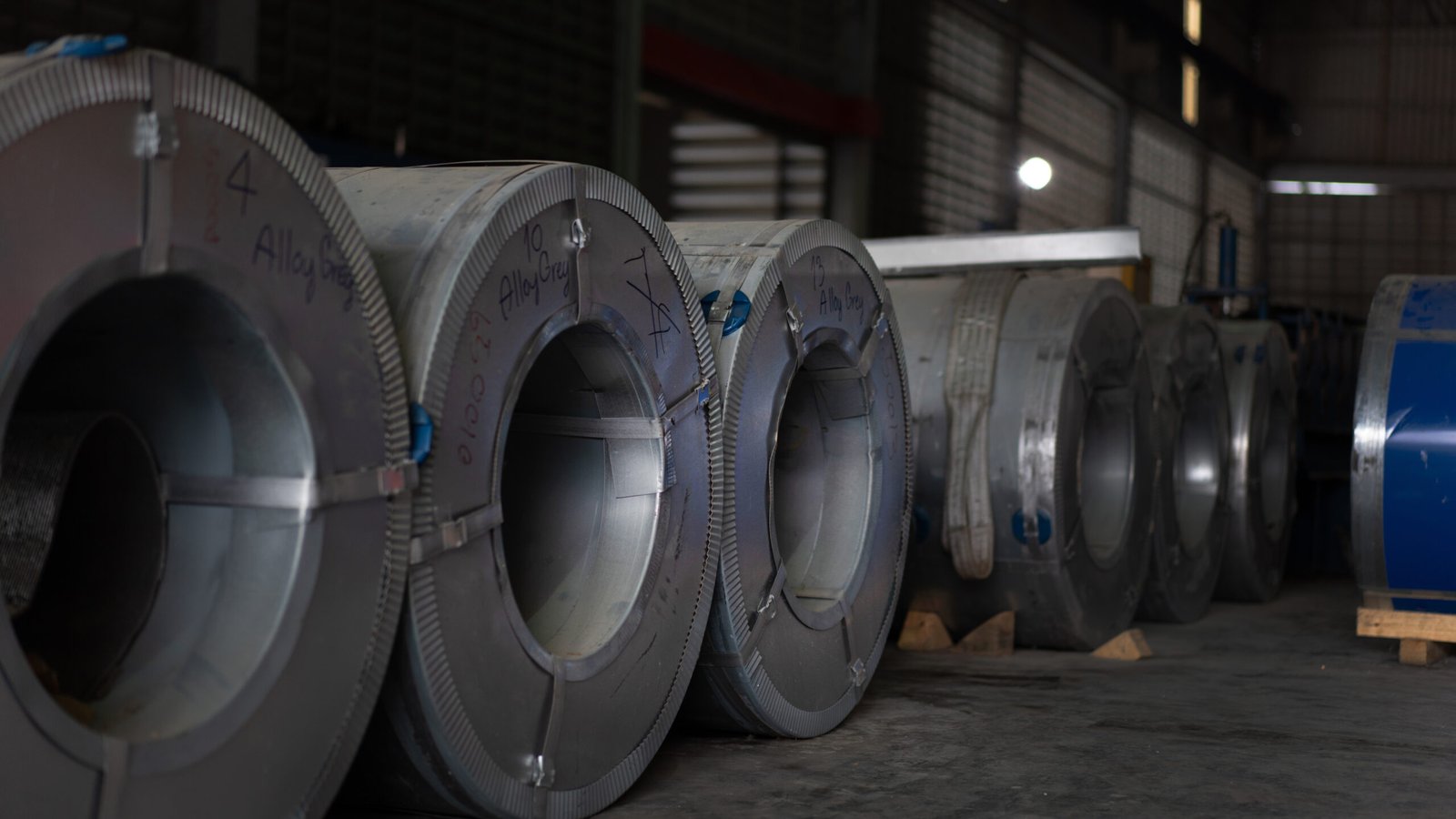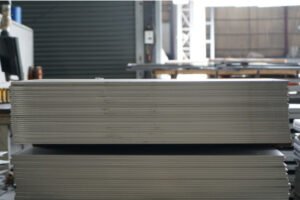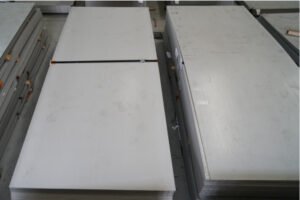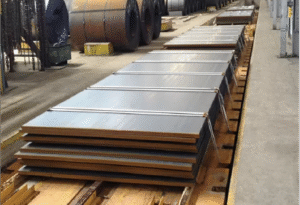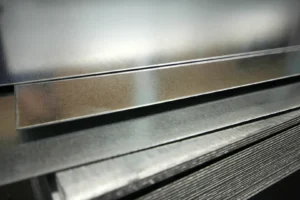Why Understanding a Grade Chart is Key to Choosing the Right Plate
Choosing the wrong stainless steel plate is a costly mistake. This error can compromise your entire project's integrity. A grade chart is your most crucial tool for making the right choice.
Understanding a stainless steel grade chart is key because it acts as a strategic guide. It allows you to match a plate's specific properties, like corrosion resistance and strength, to your project's operational and environmental demands, ensuring optimal performance, longevity, and cost-efficiency.
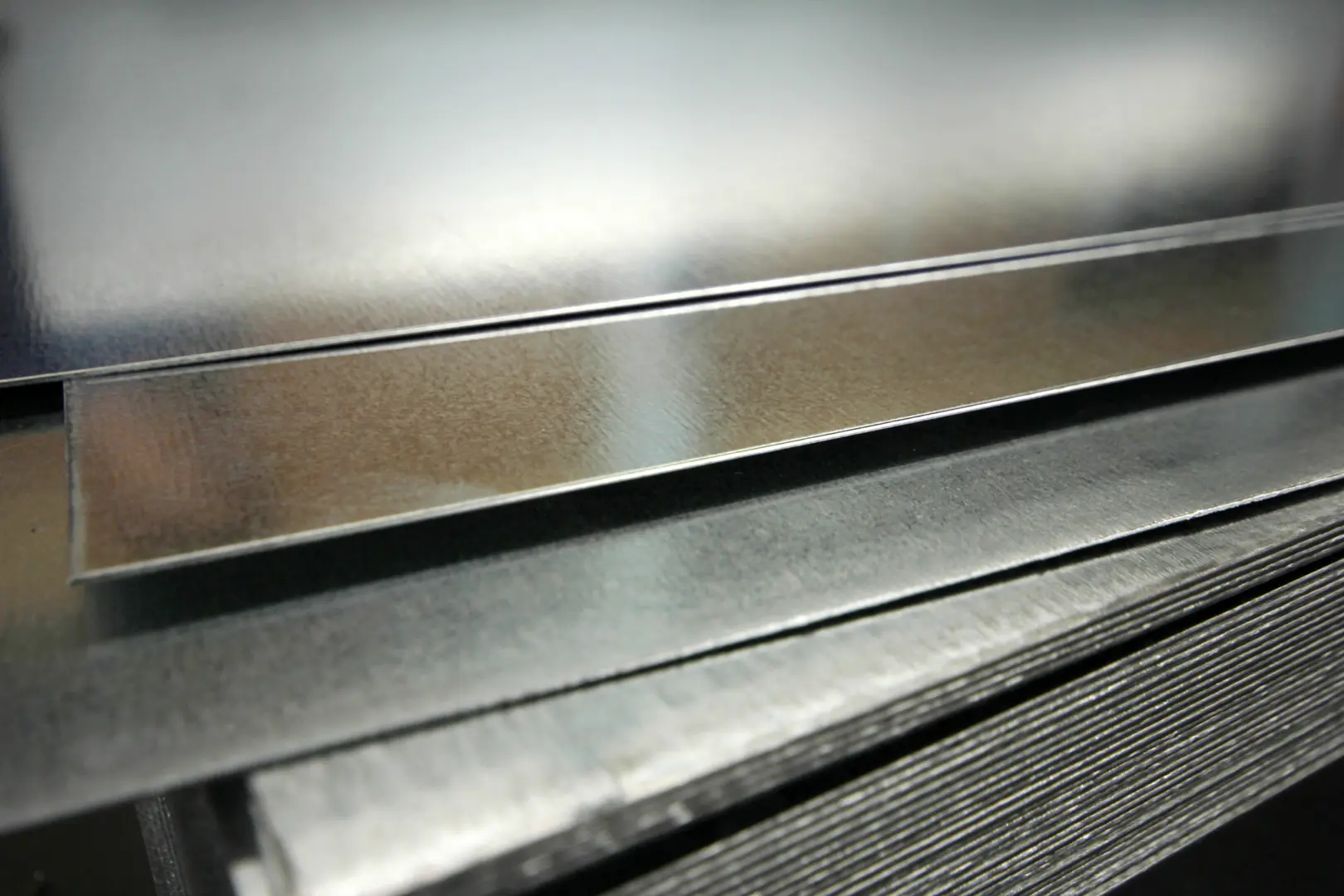
Selecting the right material is one of the most critical decisions you'll make. It’s the foundation upon which the safety, durability, and success of your work rests. As the Global Business Director at MFY, I’ve seen firsthand how a deep understanding of material specifications can transform a project. Let's explore why the humble grade chart is not just a technical reference, but a powerful strategic asset for your business.
What is a grade chart and why is it important in selecting plates?
Technical data sheets can be dense and confusing. Misinterpreting this data often leads to poor material choices. A grade chart simplifies this information, making it clear and actionable.
A grade chart is a standardized reference document that details the chemical composition and mechanical properties of different stainless steel grades. It is critically important because it provides a clear, direct comparison, enabling you to select the optimal material for your application's specific performance requirements.

A grade chart is far more than just a list of numbers; it's the DNA profile of the material. At MFY, we view it as the starting point for any successful project. It translates complex metallurgy into a practical decision-making tool. When you look at a grade chart, you're not just seeing percentages of elements; you're seeing a blueprint for performance. This is where the strategic value, as highlighted in my initial analysis, truly comes into play. It allows us, as industry professionals, to move beyond a simple cost-per-ton calculation and into a more sophisticated analysis of total lifecycle value. By understanding the chart, you can confidently predict how a plate will behave under specific stresses, temperatures, and corrosive environments.
Beyond the Numbers: Chemical Composition
The chemical makeup is the foundation of a grade's properties. Key elements like Chromium, Nickel, and Molybdenum define its core characteristics. For instance, the higher Molybdenum content in 316 grade compared to 304 is what gives it superior resistance to chlorides, making it essential for marine applications.
| Grade | Chromium (Cr) % | Nickel (Ni) % | Molybdenum (Mo) % | Key Feature |
|---|---|---|---|---|
| 304 | 18.0 - 20.0 | 8.0 - 10.5 | - | General Purpose, Good Corrosion Resistance |
| 316 | 16.0 - 18.0 | 10.0 - 14.0 | 2.0 - 3.0 | Enhanced Corrosion & Chloride Resistance |
| 2205 | 22.0 - 23.0 | 4.5 - 6.5 | 3.0 - 3.5 | High Strength & Stress Corrosion Cracking Resistance |
The Real-World Impact: Mechanical Properties
The chart also outlines mechanical properties like tensile strength[^1] and hardness. This data tells you how the material will perform under physical stress—will it bend, will it break, can it be easily formed? For a structural engineer, this information is non-negotiable for ensuring safety and integrity.
How do different grades affect the properties of stainless steel plates?
On the surface, all stainless steel can look the same. But their performance under stress can vary dramatically. Different grades are engineered with unique properties for specific jobs.
The specific chemical composition of each grade directly dictates its physical and mechanical properties. For example, higher chromium content improves general corrosion resistance, while adding molybdenum enhances resistance to pitting from chlorides. This directly impacts strength, formability, and overall application suitability.

I often encourage clients to think of stainless steel grades like athletes specializing in different sports. You wouldn't ask a world-class marathon runner to compete in a weightlifting event. They are both top-tier athletes, but their bodies are optimized for entirely different demands. The same principle applies to stainless steel. Grade 304 is your versatile all-around athlete, great for many applications like kitchen equipment and architectural trim. But if you put it in a harsh marine environment, it will struggle. That’s a job for a specialist like grade 316, which has the added Molybdenum "training" to resist saltwater corrosion.
The Austenitic Family: The Workhorses (304 & 316)
The most common grades, like 304 and 316, belong to the Austenitic family[^2]. They are known for their excellent formability and corrosion resistance. The presence of nickel is key to their structure and versatility. They are the backbone of industries from food processing to pharmaceuticals because they are clean, durable, and reliable. Understanding their subtle differences on the grade chart is crucial for cost-effective selection.
The Ferritic and Duplex Grades: Niche Specialists
Then you have other families, like Ferritic grades (e.g., 430), which are magnetic and offer good resistance in less demanding environments, often at a lower cost. And for the most demanding jobs, like in offshore oil rigs or chemical processing plants, you have Duplex grades[^3] like 2205. Duplex steels combine the properties of both Austenitic and Ferritic structures, offering incredible strength and resistance to stress corrosion cracking[^4]. The grade chart is your only way to navigate these specialized options effectively.
What problems can arise from selecting the wrong grade of stainless steel plate?
A small mistake in grade selection isn't a minor issue. It can lead to catastrophic and expensive failures down the line. Understanding the potential risks underscores the importance of a correct choice.
Selecting the wrong grade can lead to premature corrosion, structural failure, unexpected maintenance costs, and project delays. It can also result in non-compliance with industry standards, jeopardizing safety and ultimately damaging your company's reputation and financial bottom line.

I remember a client in the food processing industry who faced this exact issue. They tried to save a small percentage on their initial material cost by choosing a lower-grade stainless steel for a large mixing tank. Within a year, subtle pitting corrosion[^5] began, which was invisible to the naked eye but enough to harbor bacteria. This led to product contamination, a forced recall, and significant production downtime. The cost of replacing the tank and the damage to their brand reputation was more than ten times the initial "saving." This is a powerful lesson.
The Financial Drain: Unexpected Costs
The most immediate problem is financial. A plate that corrodes prematurely needs to be replaced. This involves not only the cost of the new material but also the labor for removal and installation, and most importantly, the cost of operational downtime. These unplanned expenses can cripple a project's budget. What seems like a cost-saving measure upfront often becomes a significant long-term liability.
The Safety Hazard: Structural Integrity
In applications like construction, chemical storage, or transportation, material failure is not just a financial problem—it's a critical safety hazard. A tank that ruptures or a structural support that fails due to stress corrosion cracking can have devastating consequences. Choosing the right grade based on a thorough analysis of the grade chart is a fundamental part of responsible engineering and risk management. It's about protecting assets, the environment, and, most importantly, people.
How can understanding a grade chart help in making informed decisions?
Making critical material decisions under pressure is difficult. Guesswork in this area introduces unacceptable risk. The grade chart provides the hard data needed for confident, informed choices.
It transforms decision-making from subjective guesswork into a data-driven, strategic process. By cross-referencing your project's environmental and mechanical requirements with the chart's data, you can objectively evaluate the trade-offs between cost, performance, and longevity.
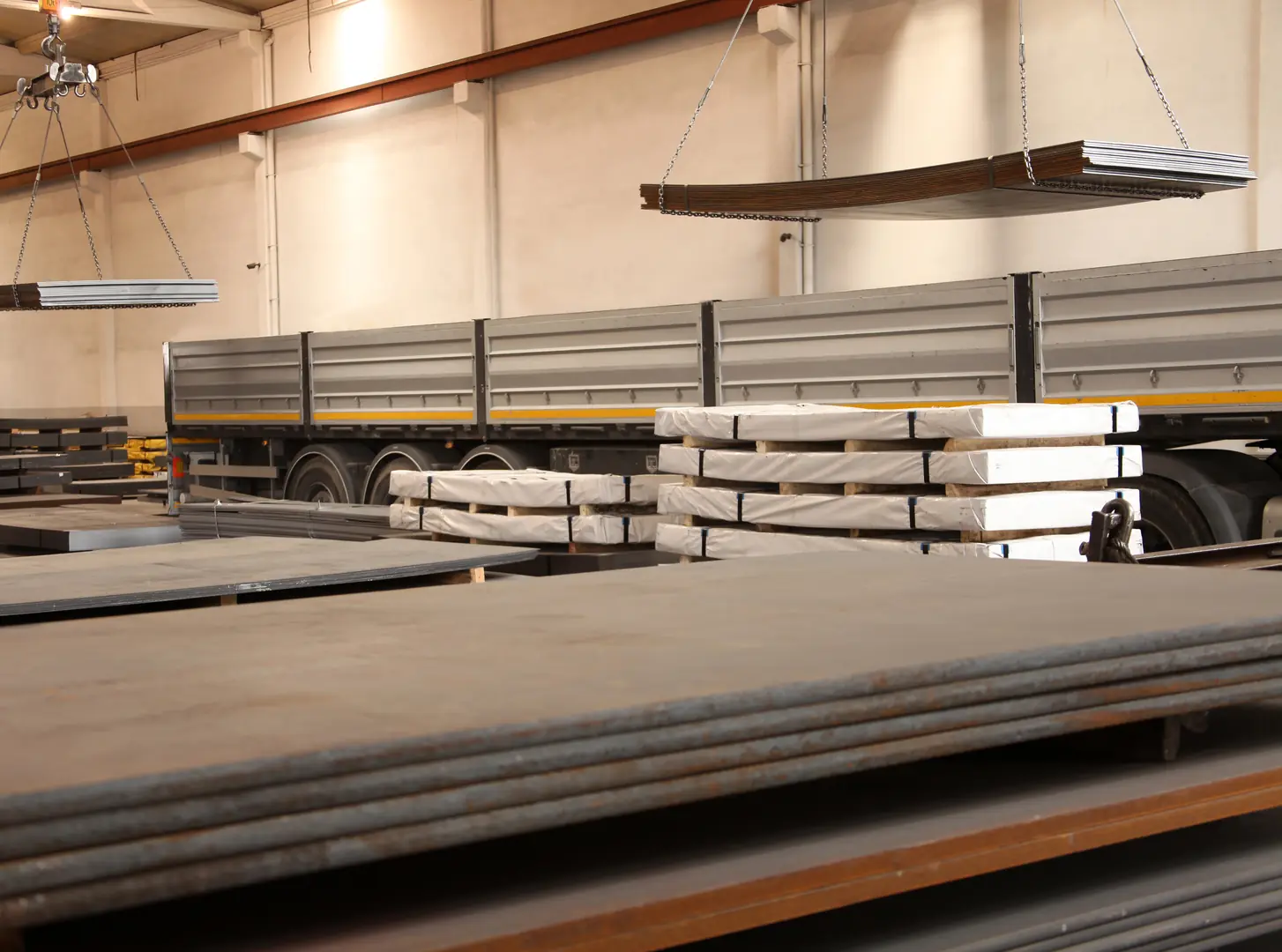
This is precisely where the grade chart evolves from a simple technical document into a strategic business tool. It empowers you to make decisions that are not just technically sound but also commercially astute. At MFY, we don't just sell steel; we partner with our clients in this decision-making process. We often sit down with their engineering teams, with the grade chart between us, and map their project goals directly to the material specifications. This collaborative approach turns a simple purchase into a long-term, value-driven investment.
Aligning Material with Application
The primary function of the chart is to ensure alignment. The process is straightforward but critical:
- Define Your Environment: What chemicals, temperatures, and pressures will the plate face?
- Define Your Mechanical Needs: What are the load-bearing requirements? Does it need to be welded or formed?
- Match with the Chart: Use the chart to identify grades that meet these specific criteria.
This methodical process eliminates unsuitable options quickly and highlights the most viable candidates.
A Tool for Cost-Benefit Analysis
With a shortlist of technically suitable grades, the chart then allows for a nuanced cost-benefit analysis. A higher-grade material might have a greater upfront cost, but its extended lifespan and lower maintenance needs could result in a significantly lower total cost of ownership. The grade chart provides the performance data you need to make that calculation confidently, justifying the investment to stakeholders.
What are the best practices for using a grade chart in plate selection?
A chart is just a collection of data. Without a structured process for using it, its value is limited. Following best practices ensures you leverage this powerful tool effectively.
Best practices include: always starting with your application's specific environmental and mechanical demands, consulting the latest version of the chart, considering the entire lifecycle cost, and never hesitating to consult with a material expert to verify your selection.

Over the years, our team at MFY has developed a simple yet effective workflow that turns the grade chart into a reliable roadmap for our clients. It’s about being systematic and never making assumptions. The most experienced engineers I know are the ones who return to the fundamentals and double-check the data on the chart for every new project, because they understand that every application has its own unique set of challenges. Adopting a few key practices can prevent the vast majority of material selection errors.
Step 1: Define Your Environment and Demands
Before you even look at a chart, document your needs. Ask critical questions: What is the maximum operating temperature? Will it be exposed to saltwater, acids, or other corrosive agents? What are the tensile strength and fabrication requirements? Having this checklist ready makes your review of the chart targeted and efficient.
Step 2: Consider the Full Lifecycle
Don't just solve for the initial purchase price. Think about the long term. Will this grade require frequent inspections or maintenance? What is its expected lifespan in your specific application? A more expensive duplex grade might be far cheaper over 20 years than replacing a 304-grade plate three times.
Step 3: When in Doubt, Consult an Expert
The data is clear, but experience provides context. This is where a trusted supplier and partner like MFY becomes invaluable. Our technical teams have seen thousands of applications across dozens of industries. We can provide insights that go beyond the numbers on a page, helping you anticipate challenges and confirm that your choice is not just adequate, but optimal.
Conclusion
A stainless steel grade chart is far more than a technical document; it is a strategic guide to project success. Mastering its use allows you to optimize performance, manage risk, and control costs, making it an indispensable skill for any professional in our industry.
Have Questions or Need More Information?
Get in touch with us for personalized assistance and expert advice.
